10 Things You Need To Be Doing To Your Car Every 1,000 To 3,000 Miles
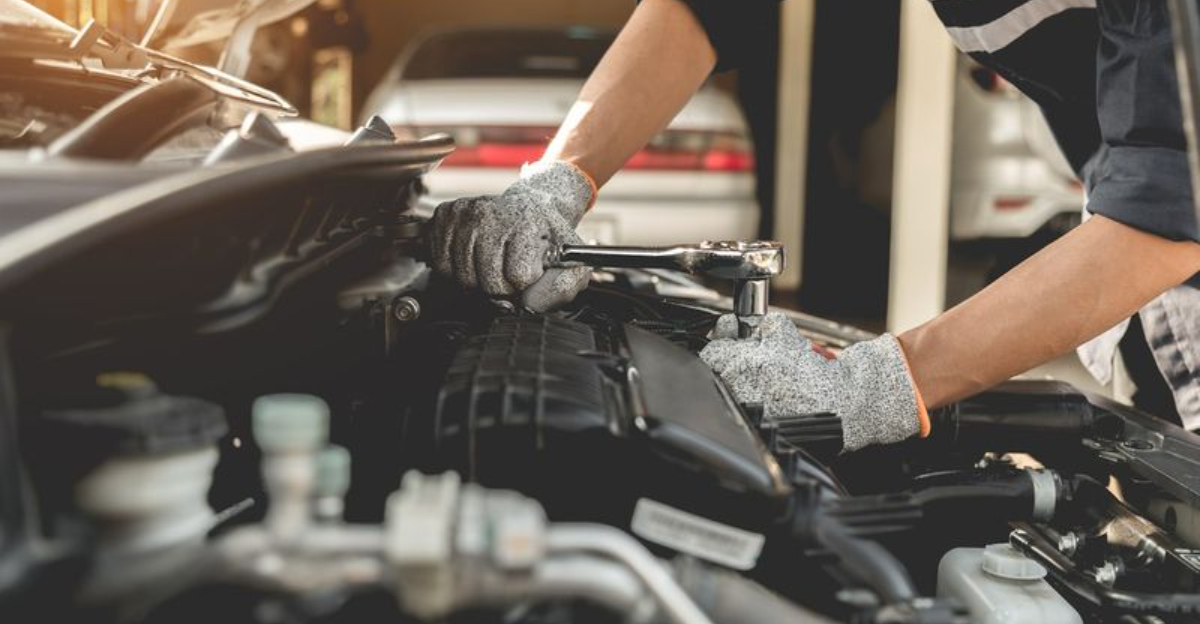
Your car might not beg for attention, but it definitely drops hints when it’s feeling neglected.
And while oil changes usually steal the spotlight, there’s a whole cast of under-the-hood players that deserve a regular check-in.
Think of it as a wellness routine for your ride — a few small steps every thousand miles that can save you from costly surprises and roadside breakdowns.
Treat your car right, and it’ll return the favor mile after mile, no complaints or warning lights.
1. Pop The Hood And Check Your Engine Oil
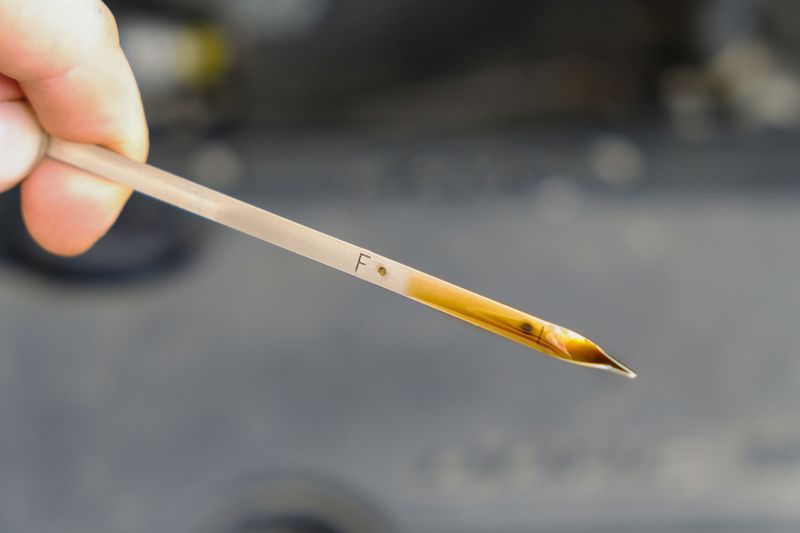
Nothing destroys engines faster than running low on oil! Park on level ground, wait until the engine cools, then pull out that dipstick.
The oil should be amber-colored and between the minimum and maximum marks. Low levels? Top it off with the manufacturer-recommended grade.
Dark, gritty oil signals it’s time for a change, even if you haven’t hit that 3,000-mile mark yet. Pro tip: Keep a quart in your trunk for emergencies!
2. Keep Those Tires Properly Inflated
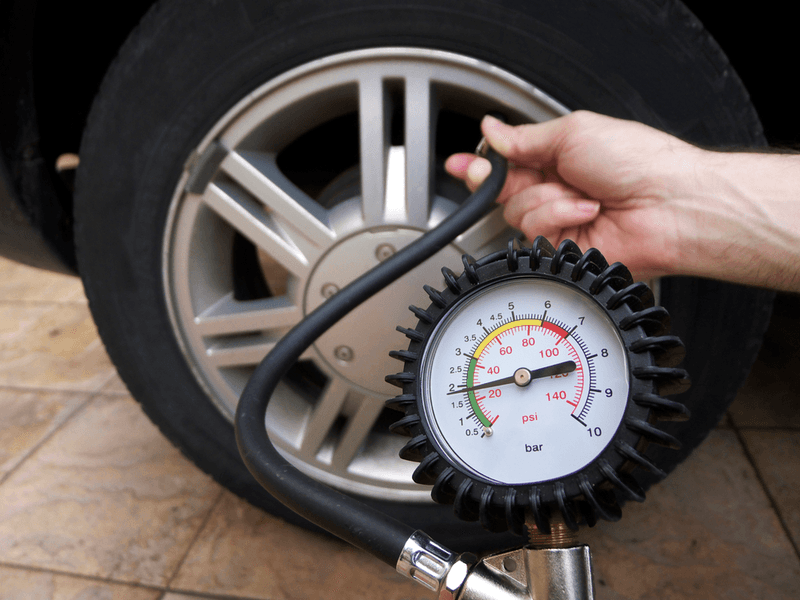
Ever driven a shopping cart with a wonky wheel? That’s your car with underinflated tires!
Grab a pressure gauge and check all four tires when they’re cold – meaning the car hasn’t been driven for at least three hours.
The recommended PSI is usually listed on a sticker inside your driver’s door jamb. Don’t forget the spare!
Properly inflated tires improve fuel economy by up to 3% and extend tire life by thousands of miles.
3. Never Let Your Windshield Washer Fluid Run Dry
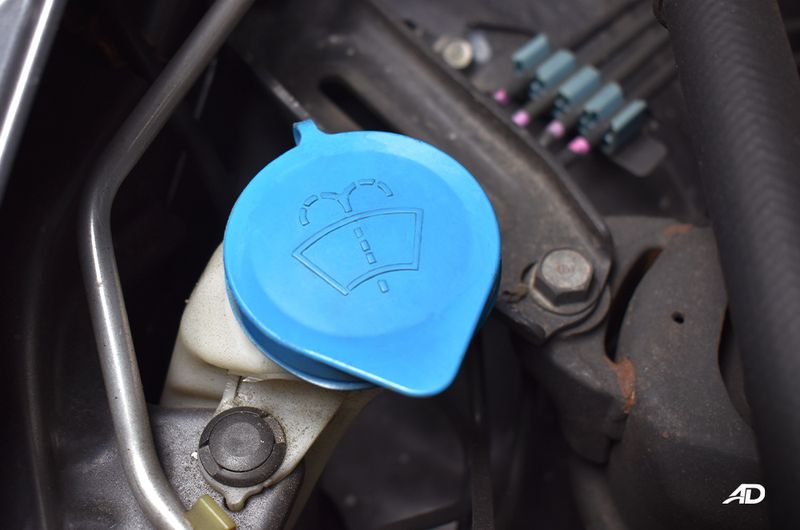
Picture this: a truck splashes muddy water across your windshield on the highway, and you’re out of washer fluid. Scary, right?
The blue reservoir under your hood needs regular attention, especially during bug season and winter months. Fill it with proper washer fluid – not just water, which can freeze or promote algae growth.
For winter driving in cold climates, use winter-grade fluid with antifreeze properties to prevent those nozzles from freezing up.
4. Give Your Battery Terminals A Good Cleaning

Crusty white or greenish stuff on your battery terminals? That’s corrosion – the silent destroyer of car batteries!
Disconnect the negative cable first (safety first, folks), then the positive, and scrub those terminals with an old toothbrush dipped in baking soda and water.
Rinse, dry thoroughly, and reconnect – positive first, then negative. A tiny dab of petroleum jelly on clean terminals prevents future buildup and can extend battery life by months.
5. Inspect Those Serpentine Belts And Hoses
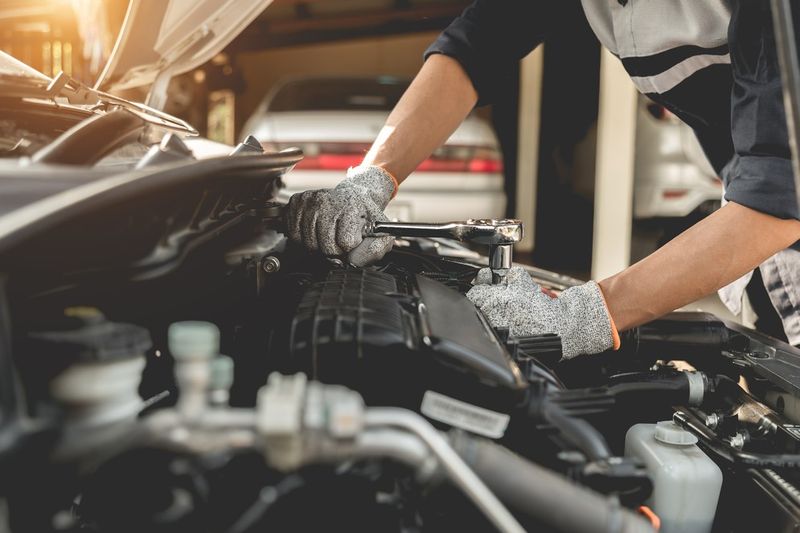
Got a squealing noise under the hood? Might be a worn belt! Run your fingers along the belts (engine off, please!) feeling for cracks, fraying, or glazing – signs replacement is needed soon.
Hoses should be firm yet flexible. If they’re soft, brittle, or have bulges, they’re begging to burst. Give them a gentle squeeze when cool.
A failed belt or burst hose can leave you stranded or cause catastrophic engine damage in minutes – definitely worth the quick check!
6. Monitor Your Engine’s Coolant Level

Your engine is basically a controlled explosion machine, and coolant keeps it from becoming an uncontrolled one!
Check the translucent coolant reservoir (NEVER open the radiator cap when hot) to ensure levels are between the min/max lines.
The color should be bright (green, orange, pink depending on type) – not rusty or cloudy.
Low coolant? Add a 50/50 mix of coolant and distilled water, but investigate why it’s low – coolant doesn’t just disappear without a leak somewhere!
7. Make Sure All Your Lights Are Shining Bright

A burnt-out taillight can cost you a ticket or worse – cause an accident! Walk around your vehicle checking headlights, brake lights, turn signals, and reverse lights.
The buddy system works best here – have someone sit in the driver’s seat to activate each function. While you’re at it, clean those headlight lenses!
Foggy headlights can reduce visibility by up to 80%. Carry spare bulbs for common lights – they’re inexpensive and easy to replace on most vehicles.
8. Keep An Eye On Your Brake Fluid Level
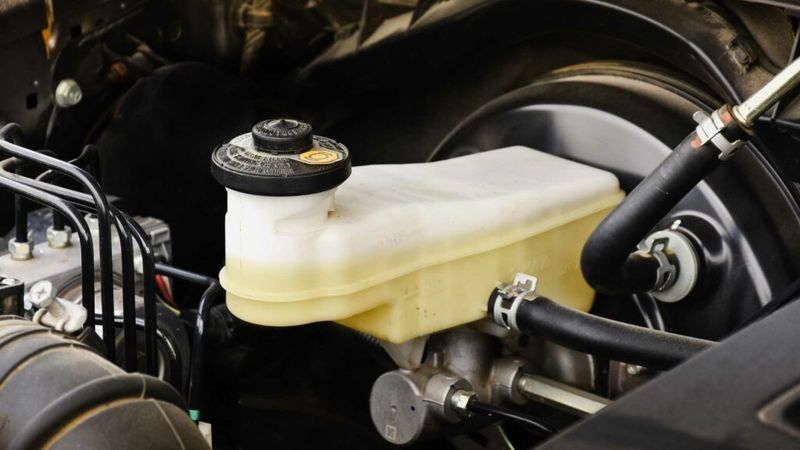
Spongy brakes? That’s your warning sign! Locate the brake fluid reservoir (usually near the firewall on the driver’s side) and check that the level is between the min/max lines.
The fluid should be clear to amber – not dark brown or black. Never open the reservoir with dirty hands – even tiny contaminants can damage your entire brake system.
Consistently low brake fluid might indicate worn brake pads or a leak in the system – get it checked immediately!
9. Hunt Down Those Sneaky Fluid Leaks
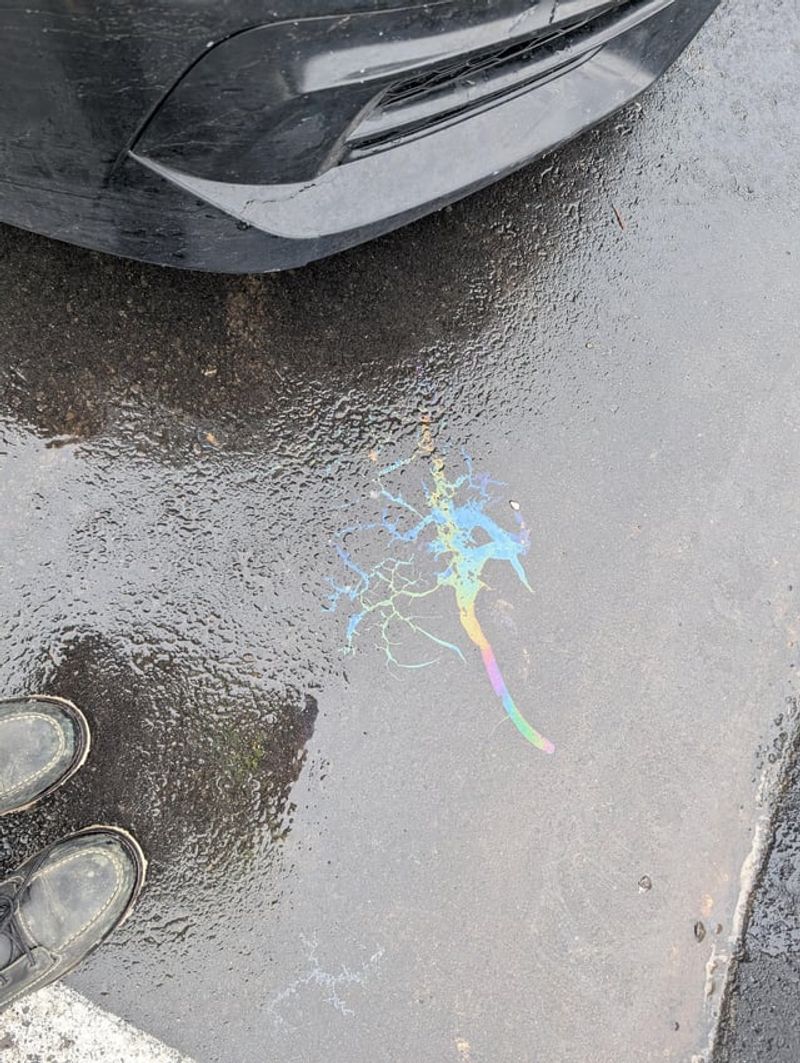
Mysterious spots on your driveway? Time to play detective!
Place clean cardboard under your parked car overnight, then identify any drips by color: red (transmission fluid), green/orange (coolant), brown/black (oil), or clear/brown (brake fluid).
Even small leaks can signal big problems brewing. Check your fluid levels more frequently if you spot any drips.
Catching leaks early can mean the difference between a simple gasket replacement and a complete transmission rebuild!
10. Measure Your Tire Tread Depth Regularly
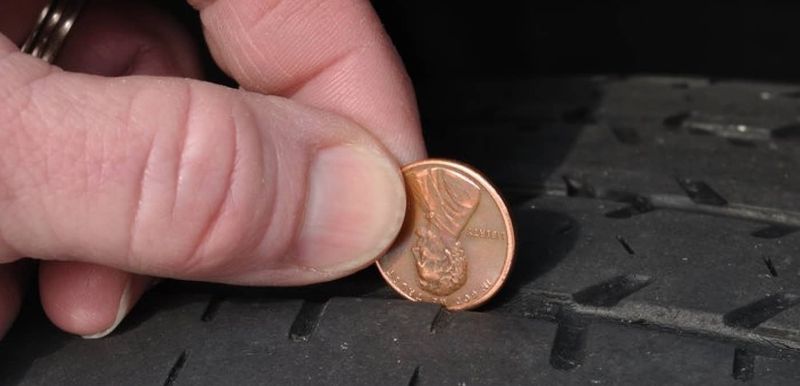
Got a penny? That’s all you need for this crucial safety check! Insert a penny into your tire tread with Lincoln’s head upside down – if you can see the top of Abe’s head, your tires are dangerously worn.
Check multiple spots across each tire, paying special attention to uneven wear patterns that might indicate alignment issues.
Adequate tread depth isn’t just about avoiding blowouts – it’s about maintaining traction in wet conditions where thin tires can hydroplane at speeds as low as 35 mph!
